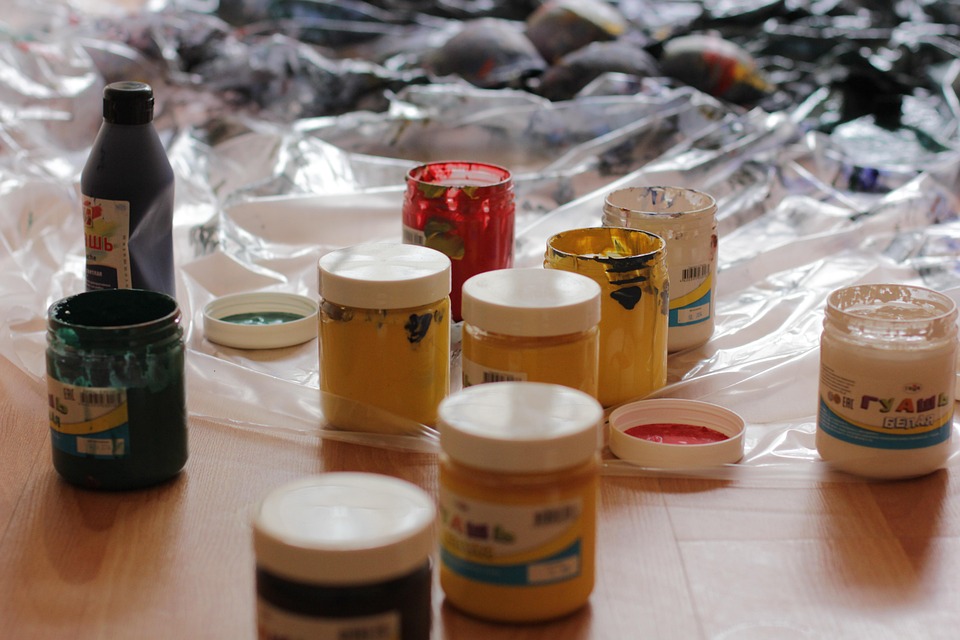The largest application area for defoamers is in the architectural coatings industry. As consumers' demands for quality of life and personalization continue to rise, demand for defoamers in the construction industry is also increasing. Many paint manufacturers only know that certain defoamers are effective, but aren't sure if they're suitable for their specific needs.

Causes of Paint Foaming
In paint production, the main causes of foaming are as follows:
First, paints are primarily composed of three main components: a film-forming agent, a colorant, and additives. In the early days, film-forming agents were vegetable oils, but in recent years, synthetic resins (such as alkyd resins, polyurethanes, and unsaturated polyesters) have become predominant. Colorants are primarily pigments and dyes. The use of additives depends on the specific requirements of the paint and the film. There are many types of additives, including driers, plasticizers, wetting agents, suspending agents, leveling agents, and emulsifiers. Most are composed of surfactants, which are known to cause foaming.
Second, during the paint production process, wetting agents and dispersants are used for the secondary dispersion of pigments and fillers, which requires high-speed dispersion. Surfactants can cause foaming due to the shearing effects of high-speed dispersers, grinders, or ball mills.
Finally, the impact of the finished paint during filling also creates numerous bubbles, so a certain amount of defoamer is also necessary.
The Dangers of Paint Foaming
Foaming occurs in paint production for various reasons. If it were harmless, we'd be fine. However, this isn't always the case, which is why defoamers have become essential additives. The dangers of paint foaming are as follows:
The air in the foam hinders the dispersion of pigments or fillers.
Inadequate equipment utilization affects production quality.
Foaming also affects stirring speed, delaying mixing time.
Inadequate wetting of pigments and fillers.
Continuous filling lines can cause dissipation and uneven weight distribution.
Porosity and small holes can form in the coating film during use.
How to Choose a Paint Defoamer?
Foaming during paint production is a major concern for many manufacturers. The only solution, of course, is to add a defoamer to eliminate the foam and prevent it from recurring. But how do you choose?
Many manufacturers only know that silicone defoamers are effective, but they aren't sure if they're suitable for their specific needs, leading to undesirable results. Because silicone defoamers have very low surface tension, they can easily cause undesirable effects such as edge shrinkage, cratering, and blooming in paint and printing ink applications, leaving behind silicone stains. Therefore, they should not be used in the paint and printing ink industries. Mineral oils, alcohols, and polyethers are recommended. While their defoaming and antifoaming abilities aren't as strong as silicones, they are more suitable for use in the paint and ink industries.

